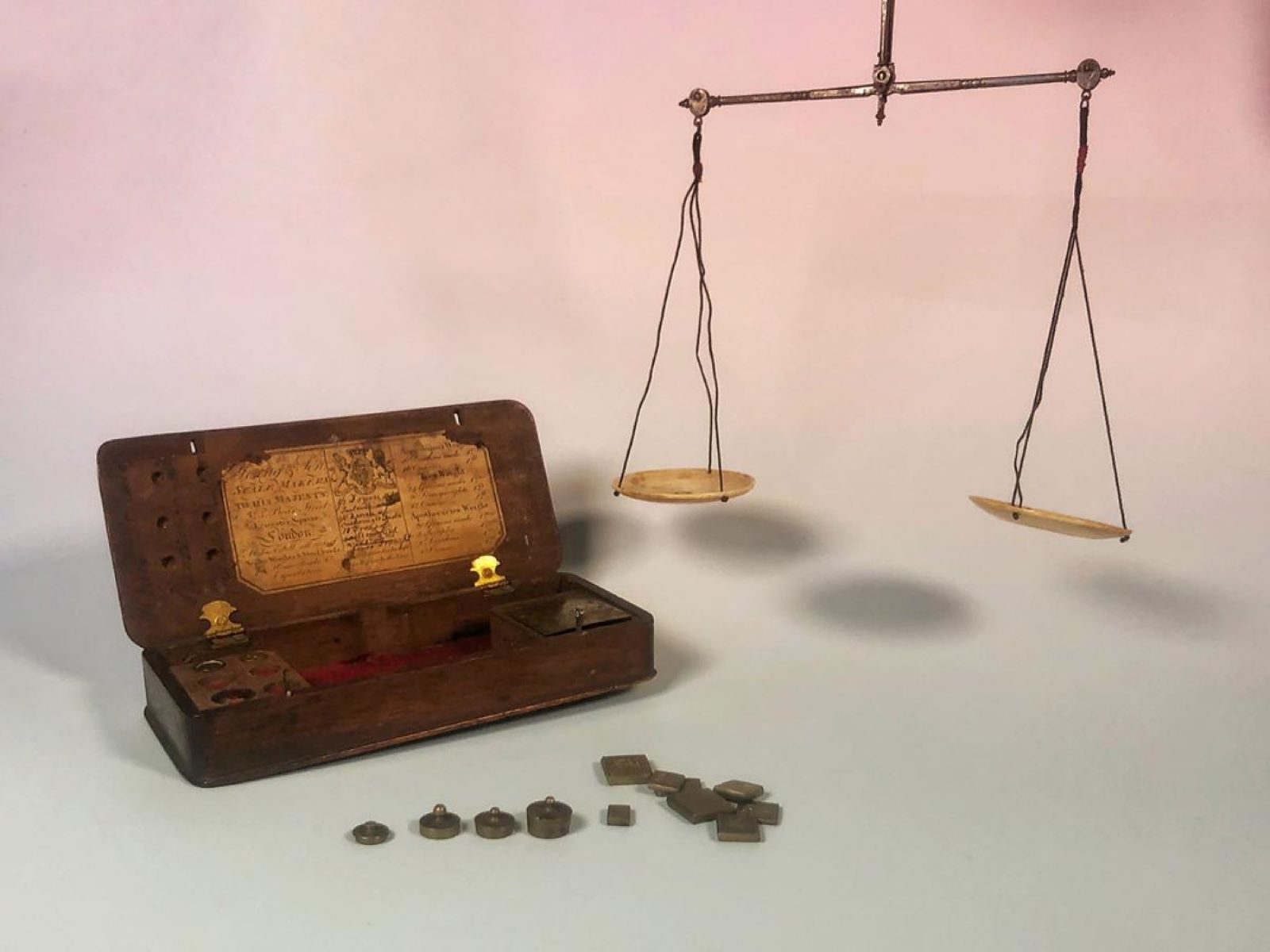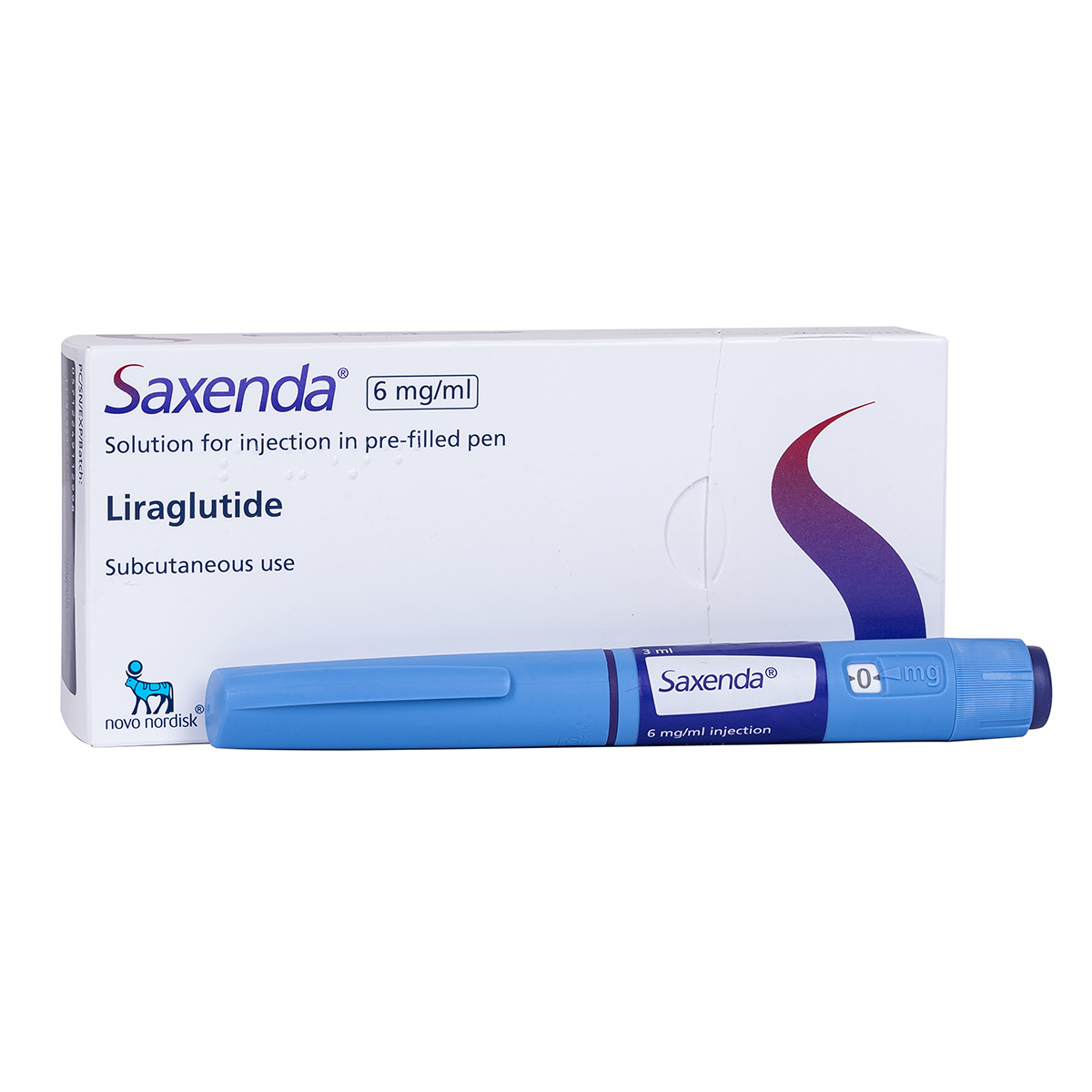Home>History>Exploring The Methods Used In Ancient Greece For Measuring Weight, Length, Time, And Other Units.


History
Exploring The Methods Used In Ancient Greece For Measuring Weight, Length, Time, And Other Units.
Published: February 19, 2024
Explore the historical methods of measuring weight, length, and time in Ancient Greece. Learn about the origins of units and their significance in history.
(Many of the links in this article redirect to a specific reviewed product. Your purchase of these products through affiliate links helps to generate commission for Regretless.com, at no extra cost. Learn more)
Table of Contents
Introduction
Ancient Greece, known for its rich history and remarkable contributions to civilization, was a cradle of intellectual and scientific advancements. The ancient Greeks made significant strides in various fields, including mathematics, philosophy, and astronomy. One area where their ingenuity shone brightly was in the development of methods for measuring weight, length, time, and other units.
The ancient Greeks' approach to measurement was deeply rooted in their quest for precision and understanding of the natural world. Their methods, though rudimentary by today's standards, laid the foundation for modern measurement systems and profoundly influenced the course of scientific progress.
In this article, we will embark on a captivating journey through the methods employed by the ancient Greeks to measure weight, length, time, and other units. By delving into the historical context and exploring the ingenious techniques utilized by these early scholars, we will gain a deeper appreciation for the enduring legacy of ancient Greek measurement systems. Join us as we unravel the fascinating tapestry of ancient Greek ingenuity and delve into the methods that underpinned their understanding of the physical world.
Measuring Weight in Ancient Greece
In ancient Greece, the measurement of weight played a pivotal role in various aspects of daily life, commerce, and scientific inquiry. The ancient Greeks devised ingenious methods to quantify and compare the weight of objects, laying the groundwork for the development of standardized weight measurements.
One of the most prevalent units of weight in ancient Greece was the talent, a measure that varied across different city-states. The talent was used for large-scale transactions, such as trade and taxation, and its value differed based on the region. To ensure fairness and accuracy in commercial dealings, the Greeks sought to establish consistent weight standards.
The primary instrument for measuring weight in ancient Greece was the balance scale, a simple yet effective device that allowed for the comparison of the weights of different objects. The balance scale consisted of a beam supported at its center, with pans suspended from each end. By placing objects of unknown weight on one pan and known weights on the other, the Greeks could determine the weight of the unknown objects through a process of trial and adjustment.
Notably, the Greeks also utilized a system of weights known as the libra, which was derived from the Babylonian unit of the same name. The libra served as a fundamental unit of weight and was integral to commercial transactions and trade. The precision and consistency of the libra system facilitated the exchange of goods and commodities, contributing to the economic prosperity of ancient Greek city-states.
Furthermore, the concept of the stater, a unit of weight used for coins, held significant importance in ancient Greece. The stater, often made of precious metals such as gold or silver, represented a standardized weight that corresponded to the value of the currency. This ensured uniformity and reliability in monetary transactions, bolstering the stability of the ancient Greek economy.
The meticulous approach to measuring weight in ancient Greece reflected the Greeks' commitment to accuracy and fairness in trade and commerce. Their innovative methods and standardized weight systems laid the groundwork for modern measurement practices, leaving an indelible mark on the evolution of scientific inquiry and economic exchange.
In summary, the ancient Greeks' methods for measuring weight exemplify their dedication to precision and their enduring legacy in the realm of measurement systems. Their contributions continue to resonate in contemporary society, underscoring the profound impact of ancient Greek ingenuity on the development of standardized weights and measures.
Measuring Length in Ancient Greece
In ancient Greece, the measurement of length held profound significance in various domains, ranging from architecture and engineering to astronomy and philosophical inquiries. The ancient Greeks, renowned for their intellectual prowess and innovative spirit, devised ingenious methods to quantify and compare lengths, laying the groundwork for the development of standardized length measurements.
One of the fundamental units of length in ancient Greece was the "foot," known as the "pous" in Greek. The foot served as a prevalent measure for everyday objects and architectural dimensions, reflecting the Greeks' practical approach to measurement. However, it is important to note that the length of the foot varied among different city-states, leading to regional variations in measurement standards.
To facilitate precise measurements, the ancient Greeks employed a range of instruments, including the "stathmos" or stadia, a unit of length used for surveying and determining distances. The stadia, equivalent to approximately 185 meters, played a crucial role in the construction of roads, aqueducts, and other infrastructure projects, showcasing the Greeks' adeptness in practical applications of measurement.
Furthermore, the concept of the "cubit" was prevalent in ancient Greek measurement systems. The cubit, known as the "pechus" in Greek, represented the distance from the elbow to the tip of the middle finger and was utilized in architectural and artistic endeavors. Its use extended to the construction of temples, statues, and other monumental structures, underscoring the Greeks' meticulous approach to ensuring proportion and harmony in their architectural achievements.
In the realm of astronomy, the ancient Greeks demonstrated remarkable ingenuity in measuring celestial distances and phenomena. The development of the astrolabe, a sophisticated instrument for determining the positions of celestial bodies, exemplified the Greeks' pursuit of precision in astronomical measurements. Through meticulous observations and calculations, they expanded their understanding of the cosmos, leaving an indelible mark on the history of astronomy.
The ancient Greeks' methods for measuring length exemplify their commitment to precision and their enduring legacy in the realm of measurement systems. Their contributions continue to resonate in contemporary society, underscoring the profound impact of ancient Greek ingenuity on the development of standardized length measurements.
This comprehensive exploration of the methods used in ancient Greece for measuring length provides a captivating glimpse into the intellectual achievements of this remarkable civilization. The enduring legacy of ancient Greek measurement systems serves as a testament to the enduring influence of their innovative spirit on the evolution of scientific inquiry and practical applications of measurement.
Measuring Time in Ancient Greece
In ancient Greece, the measurement of time held profound significance, permeating various aspects of daily life, religious observances, and scientific pursuits. The ancient Greeks, renowned for their intellectual prowess and philosophical inquiries, approached the measurement of time with a blend of practicality and metaphysical contemplation.
The primary unit of time in ancient Greece was the "hemera," which represented the concept of a day. The Greeks divided the day into two distinct periods: the "orthros," corresponding to the early morning hours, and the "dysis," signifying the onset of evening. This division of the day reflected the Greeks' keen awareness of the cyclical nature of time and its influence on human activities.
To measure longer durations of time, the ancient Greeks employed various methods, including the use of water clocks known as "klepsydra." These ingenious devices utilized the regulated flow of water to mark the passage of time, allowing for the measurement of intervals ranging from minutes to hours. The klepsydra played a crucial role in regulating the timing of public speeches, legal proceedings, and athletic competitions, underscoring the practical applications of time measurement in ancient Greek society.
Furthermore, the Greeks demonstrated a profound interest in celestial phenomena and their relationship to the measurement of time. The development of sundials, known as "gnomon," showcased the Greeks' ingenuity in utilizing the position of the sun to track the passage of time throughout the day. By carefully aligning the gnomon with the sun's rays, the Greeks could determine the time based on the shadow cast by the gnomon, providing a visual representation of temporal progression.
In the realm of philosophical inquiry, the ancient Greeks grappled with the metaphysical dimensions of time, contemplating its nature and implications for human existence. The writings of philosophers such as Plato and Aristotle delved into profound questions about the nature of time, its relationship to the cosmos, and its role in shaping human experience. These philosophical explorations enriched the ancient Greeks' understanding of time as a fundamental aspect of existence, transcending mere measurement and encompassing profound metaphysical significance.
The ancient Greeks' methods for measuring time exemplify their multifaceted approach to temporal concepts, blending practical applications with philosophical contemplation. Their contributions continue to resonate in contemporary society, underscoring the enduring influence of ancient Greek ingenuity on the measurement and philosophical understanding of time.
This comprehensive exploration of the methods used in ancient Greece for measuring time provides a captivating glimpse into the intellectual achievements of this remarkable civilization. The enduring legacy of ancient Greek time measurement serves as a testament to the enduring influence of their innovative spirit on the evolution of scientific inquiry and philosophical contemplation of temporal concepts.
Other Units of Measurement in Ancient Greece
In addition to the fundamental measurements of weight, length, and time, ancient Greece boasted a diverse array of units for quantifying various aspects of the physical world. These additional units, ranging from those used in trade and commerce to those employed in scientific and philosophical pursuits, reflect the multifaceted nature of ancient Greek measurement systems.
One notable unit of measurement in ancient Greece was the "medimnos," a standard measure of volume used for grain and dry goods. The medimnos facilitated agricultural transactions and trade, providing a standardized unit for quantifying the exchange of essential commodities. This emphasis on precise measurement in agricultural contexts underscored the Greeks' practical approach to ensuring fairness and accuracy in economic transactions.
Furthermore, the ancient Greeks utilized the "plethron," a unit of area measurement equivalent to approximately 100 square meters. The plethron played a crucial role in land surveys, urban planning, and the allocation of agricultural plots. Its standardized measurement facilitated the equitable distribution of land and resources, reflecting the Greeks' commitment to establishing consistent measurement standards in diverse domains.
In the realm of currency and monetary transactions, the ancient Greeks employed the "drachma," a unit of weight that also served as a standard unit of currency. The drachma, typically made of silver, represented a fundamental measure of value and played a central role in commercial exchanges and financial transactions. The precision and reliability of the drachma as a unit of currency contributed to the stability and prosperity of ancient Greek economies.
Moreover, the ancient Greeks demonstrated a keen interest in the measurement of musical intervals, leading to the development of the "tetrachord," a unit used in music theory to quantify the relationship between musical notes. The tetrachord, comprising four notes spanning a perfect fourth, provided a framework for understanding the harmonic structure of music and contributed to the advancement of musical theory and composition in ancient Greece.
The diverse array of units of measurement in ancient Greece reflects the Greeks' profound engagement with quantifying and understanding the physical world across various domains. From agricultural transactions and land surveys to currency and musical theory, these units exemplify the enduring legacy of ancient Greek ingenuity in the development of standardized measurement systems.
This comprehensive exploration of the other units of measurement used in ancient Greece provides a captivating glimpse into the multifaceted nature of ancient Greek measurement systems. The enduring legacy of these units serves as a testament to the enduring influence of ancient Greek ingenuity on the evolution of standardized measurements across diverse fields of human endeavor.
Conclusion
In conclusion, the methods used in ancient Greece for measuring weight, length, time, and other units reflect the remarkable ingenuity and intellectual prowess of this extraordinary civilization. The ancient Greeks' approach to measurement was characterized by a blend of practical applications, philosophical contemplation, and a quest for precision that left an indelible mark on the development of standardized measurement systems.
The meticulous methods employed by the ancient Greeks for measuring weight exemplify their commitment to fairness and accuracy in trade and commerce. From the use of the talent for large-scale transactions to the precision of the libra system and the significance of the stater in monetary exchanges, the Greeks' standardized weight measurements laid the groundwork for modern commercial practices and economic stability.
Similarly, the ancient Greeks' methods for measuring length showcased their adeptness in practical applications, architectural endeavors, and astronomical observations. The utilization of the foot as a prevalent unit of length, the development of the stadia for surveying, and the meticulous use of the cubit in architectural and artistic pursuits underscored the Greeks' dedication to precision and proportion in their measurements.
Furthermore, the measurement of time in ancient Greece revealed the multifaceted nature of their approach, blending practical applications with philosophical contemplation. From the division of the day into distinct periods to the use of water clocks and sundials for tracking time, the Greeks' methods reflected their keen awareness of the cyclical nature of time and its influence on human activities.
The diverse array of units of measurement in ancient Greece, including those for grain and dry goods, land surveys, currency, and musical intervals, exemplifies the Greeks' profound engagement with quantifying and understanding the physical world across various domains. These units reflect the enduring legacy of ancient Greek ingenuity in the development of standardized measurement systems, leaving an indelible mark on the evolution of scientific inquiry and practical applications of measurement.
In essence, the methods used in ancient Greece for measuring weight, length, time, and other units stand as a testament to the enduring influence of this remarkable civilization on the development of standardized measurement systems. The enduring legacy of ancient Greek measurement methods continues to resonate in contemporary society, underscoring the profound impact of their innovative spirit on the evolution of scientific inquiry and the practical applications of measurement.














